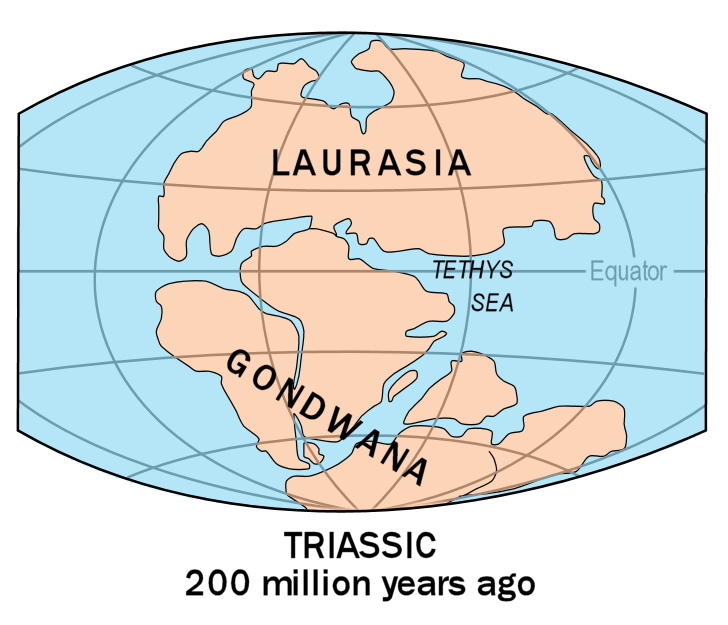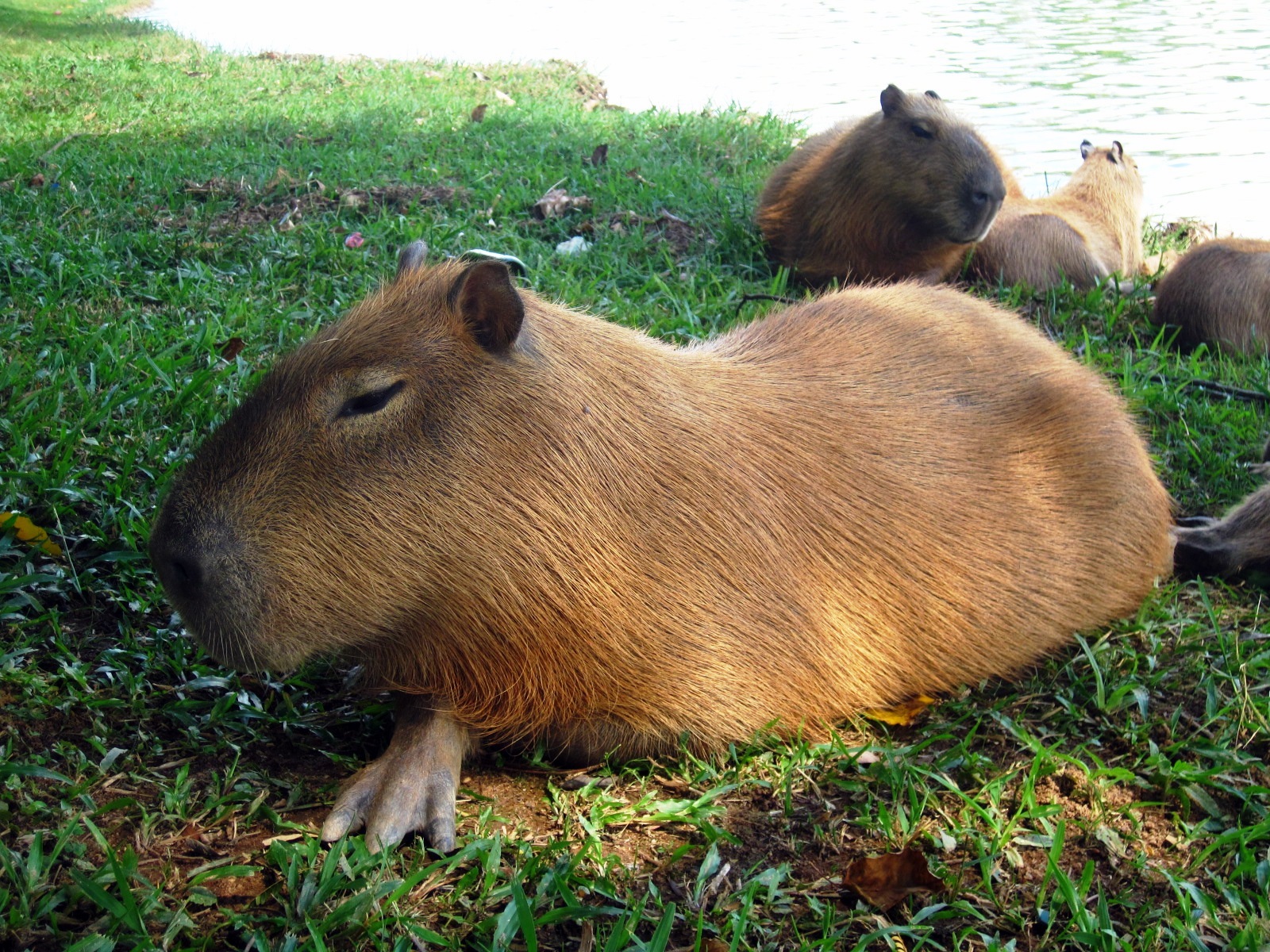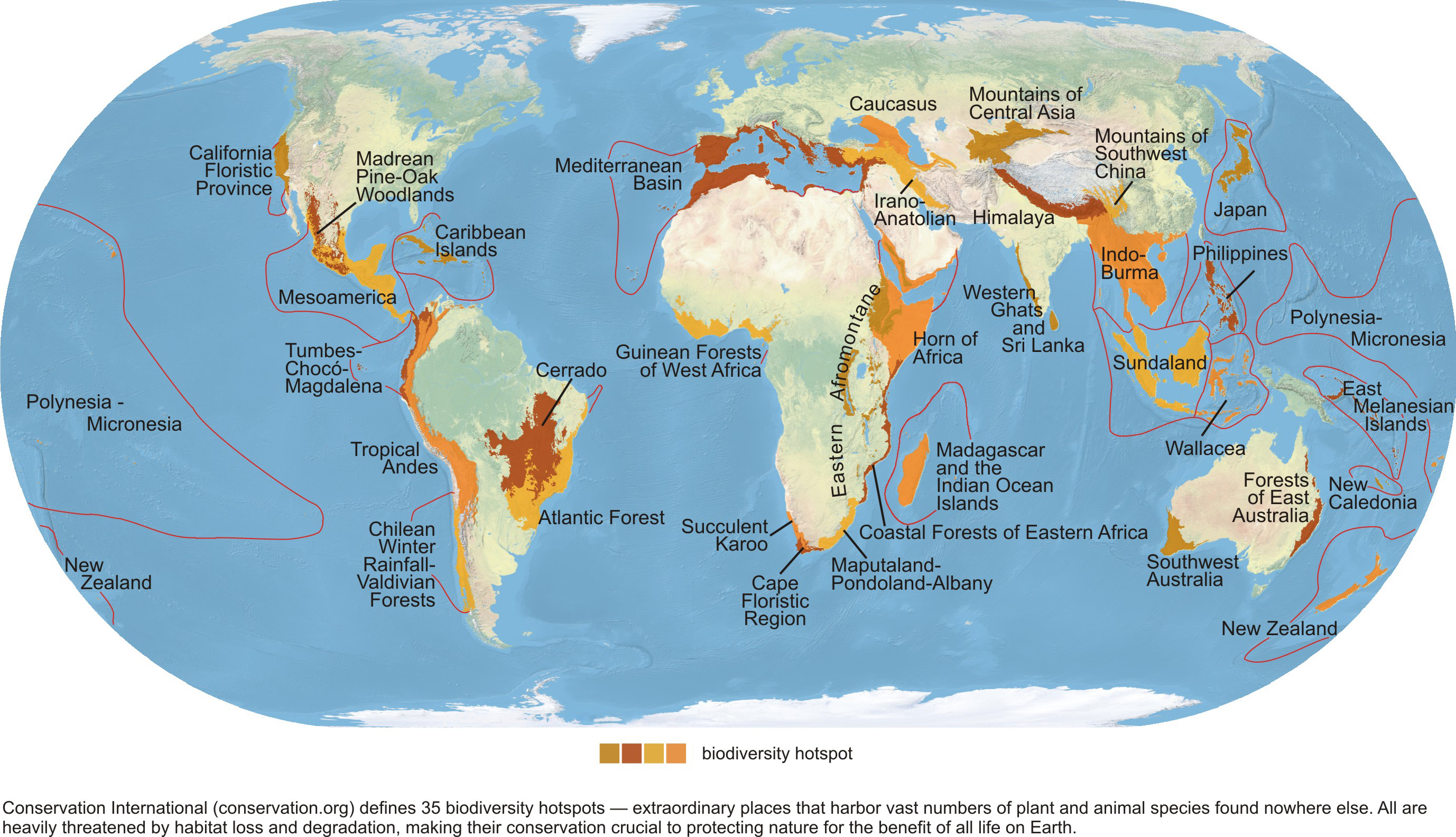|
Royal Ghost Frog
The royal ghost frog (''Heleophryne regis''), also known as the southern ghost frog or Cape ghost frog, is a species of frog in the family Heleophrynidae. It is endemic to South Africa, and lives in fast-moving streams. Description Ghost frogs get their name as one of the six species found in Skeleton Gorge (on Table Mountain), South Africa. The underside of the body, including the jaw, has small hooks, which help the frogs climb over wet rocks near their habitats. The frogs measure in length. It is in the same size range as Hewitt's ghost frog, but is smaller than Purcell's ghost frog. The top side of its body is brown with yellow spots, and the underside is white. The limbs are plain-colored, and flesh-colored underneath. Their tadpoles take up to two years to develop fully. The call of the royal ghost frog is a harsh, creaking sound, given at around one call per second. Habitat All species of ghost frogs are endemic to the southern tip of Africa. Its natural habitat is fyn ... [...More Info...] [...Related Items...] OR: [Wikipedia] [Google] [Baidu] |
John Hewitt (herpetologist)
John Hewitt (23 December 1880 – 4 August 1961) was a South African zoologist and archaeologist of British origin. He was born in Dronfield, Derbyshire, England, and died in Grahamstown, South Africa. He was the author of several herpetological papers which described new species. He also described new species of spiders and other arachnids. Biography He graduated with a first-class in natural sciences from Jesus College, Cambridge in 1903. From 1905 to 1908 he was Curator of the Sarawak Museum in Kuching, Sarawak. In 1909 he went to South Africa to work as an assistant curator at the Transvaal Museum in Pretoria. In 1910 he was appointed Director of the Albany Museum in Grahamstown, eventually retiring in 1958.Deacon HJ, Deacon J (1999)''Human Beginnings in South Africa: Uncovering the Secrets of the Stone Age.''Walnut Creek, California: AltaMira Press. viii + 215 pp. His daughter, Florence Ellen Hewitt (1910–1979), was a teacher and phycologist. He was a found ... [...More Info...] [...Related Items...] OR: [Wikipedia] [Google] [Baidu] |
Heathland
A heath () is a shrubland habitat (ecology), habitat found mainly on free-draining infertile, acidic soils and characterised by open, low-growing woody vegetation. Moorland is generally related to high-ground heaths with—especially in Great Britain—a cooler and damper climate. Heaths are widespread worldwide but are fast disappearing and considered a rare habitat in Europe. They form extensive and highly diverse communities across Australia in humid and sub-humid areas where fire regimes with recurring burning are required for the maintenance of the heathlands.Specht, R.L. 'Heathlands' in 'Australian Vegetation' R.H. Groves ed. Cambridge University Press 1988 Even more diverse though less widespread heath communities occur in Southern Africa. Extensive heath communities can also be found in the Texas chaparral, New Caledonia, central Chile, and along the shores of the Mediterranean Sea. In addition to these extensive heath areas, the vegetation type is also found in scattere ... [...More Info...] [...Related Items...] OR: [Wikipedia] [Google] [Baidu] |
Taxa Named By John Hewitt (herpetologist)
In biology, a taxon (back-formation from ''Taxonomy (biology), taxonomy''; plural taxa) is a group of one or more populations of an organism or organisms seen by taxonomists to form a unit. Although neither is required, a taxon is usually known by a particular name and given a particular Taxonomic rank, ranking, especially if and when it is accepted or becomes established. It is very common, however, for taxonomists to remain at odds over what belongs to a taxon and the criteria used for inclusion. If a taxon is given a formal scientific name, its use is then governed by one of the nomenclature codes specifying which scientific name is correct for a particular grouping. Initial attempts at classifying and ordering organisms (plants and animals) were set forth in Carl Linnaeus's Linnaean taxonomy, system in ''Systema Naturae'', 10th edition (1758), as well as an unpublished work by Bernard de Jussieu, Bernard and Antoine Laurent de Jussieu. The idea of a unit-based system of bio ... [...More Info...] [...Related Items...] OR: [Wikipedia] [Google] [Baidu] |
Endemic Amphibians Of South Africa
Endemism is the state of a species being found in a single defined geographic location, such as an island, state, nation, country or other defined zone; organisms that are indigenous to a place are not endemic to it if they are also found elsewhere. For example, the Cape sugarbird is found exclusively in southwestern South Africa and is therefore said to be ''endemic'' to that particular part of the world. An endemic species can be also be referred to as an ''endemism'' or in scientific literature as an ''endemite''. For example ''Cytisus aeolicus'' is an endemite of the Italian flora. ''Adzharia renschi'' was once believed to be an endemite of the Caucasus, but it was later discovered to be a non-indigenous species from South America belonging to a different genus. The extreme opposite of an endemic species is one with a cosmopolitan distribution, having a global or widespread range. A rare alternative term for a species that is endemic is "precinctive", which applies t ... [...More Info...] [...Related Items...] OR: [Wikipedia] [Google] [Baidu] |
Frogs Of Africa
The fauna of Africa, in its broader sense, is all the animals living in Africa and its surrounding seas and islands. The more characteristic African fauna is found in the Afrotropical realm. Lying almost entirely within the tropics, and equally to north and south of the equator creates favourable conditions for rich wildlife. Africa is home to many of the world's most famous fauna in human culture such as lions‚ rhinos‚ cheetahs‚ giraffes‚ antelope, hippos, leopards, zebras‚ and African elephants among many others. Origins and history of African fauna Whereas the earliest traces of life in fossil record of Africa date back to the earliest times, the formation of African fauna as we know it today, began with the splitting up of the Gondwana supercontinent in the mid-Mesozoic era. After that, four to six faunal assemblages, the so-called African Faunal Strata (AFSs) can be distinguished. The isolation of Africa was broken intermittently by discontinuous "filter routes" tha ... [...More Info...] [...Related Items...] OR: [Wikipedia] [Google] [Baidu] |
Heleophryne
''Heleophryne'' is a genus of ghost frogs. They are known from mountainous regions of South Africa, Lesotho, and Eswatini. One member of the genus, the Table Mountain ghost frog (''H. rosei'') is considered an EDGE species. Species The following species are classified in this genus: * Cederberg ghost frog (''Heleophryne depressa'') FitzSimons, 1946 * Hewitt's ghost frog (''Heleophryne hewitti'') Boycott, 1988 * Eastern ghost frog (''Heleophryne orientalis'') FitzSimons, 1946 * Purcell's ghost frog (''Heleophryne purcelli'') Sclater, 1898 * Royal ghost frog (''Heleophryne regis'') Hewitt, 1910 * Rose's ghost frog Rose's ghost frog (''Heleophryne rosei''), or Table Mountain ghost frog, is a species of frog in the family Heleophrynidae Endemism, endemic to South Africa. It is a medium-sized species with purple or brown blotches on a pale green background ... (''Heleophryne rosei'') Hewitt, 1925 References Heleophrynoidea Amphibian genera Taxa named by Philip Scl ... [...More Info...] [...Related Items...] OR: [Wikipedia] [Google] [Baidu] |
Siltation
Siltation, is water pollution caused by particulate terrestrial clastic material, with a particle size dominated by silt or clay. It refers both to the increased concentration of suspended sediments and to the increased accumulation (temporary or permanent) of fine sediments on bottoms where they are undesirable. Siltation is most often caused by soil erosion or sediment spill. It is sometimes referred to by the ambiguous term "sediment pollution", which can also refer to a chemical contamination of sediments accumulated on the bottom, or to pollutants bound to sediment particles. Although "siltation" is not perfectly stringent, since it also includes particle sizes other than silt, it is preferred for its lack of ambiguity. Causes The origin of the increased sediment transport into an area may be erosion on land or activities in the water. In rural areas, the erosion source is typically soil degradation by intensive or inadequate agricultural practices, leading to soil ero ... [...More Info...] [...Related Items...] OR: [Wikipedia] [Google] [Baidu] |
Least Concern
A least-concern species is a species that has been categorized by the International Union for Conservation of Nature (IUCN) as evaluated as not being a focus of species conservation because the specific species is still plentiful in the wild. They do not qualify as threatened, near threatened, or (before 2001) conservation dependent. Species cannot be assigned the "Least Concern" category unless they have had their population status evaluated. That is, adequate information is needed to make a direct, or indirect, assessment of its risk of extinction based on its distribution or population status. Evaluation Since 2001 the category has had the abbreviation "LC", following the IUCN 2001 Categories & Criteria (version 3.1). Before 2001 "least concern" was a subcategory of the "Lower Risk" category and assigned the code "LR/lc" or lc. Around 20% of least concern taxa (3261 of 15636) in the IUCN database still use the code "LR/lc", which indicates they have not been re-evalua ... [...More Info...] [...Related Items...] OR: [Wikipedia] [Google] [Baidu] |
International Union For Conservation Of Nature
The International Union for Conservation of Nature (IUCN; officially International Union for Conservation of Nature and Natural Resources) is an international organization working in the field of nature conservation and sustainable use of natural resources. It is involved in data gathering and analysis, research, field projects, advocacy, and education. IUCN's mission is to "influence, encourage and assist societies throughout the world to conserve nature and to ensure that any use of natural resources is equitable and ecologically sustainable". Over the past decades, IUCN has widened its focus beyond conservation ecology and now incorporates issues related to sustainable development in its projects. IUCN does not itself aim to mobilize the public in support of nature conservation. It tries to influence the actions of governments, business and other stakeholders by providing information and advice and through building partnerships. The organization is best known to the wider p ... [...More Info...] [...Related Items...] OR: [Wikipedia] [Google] [Baidu] |
Habitat Loss
Habitat destruction (also termed habitat loss and habitat reduction) is the process by which a natural habitat becomes incapable of supporting its native species. The organisms that previously inhabited the site are displaced or dead, thereby reducing biodiversity and species abundance. Habitat destruction is the leading cause of biodiversity loss. Fragmentation and loss of habitat have become one of the most important topics of research in ecology as they are major threats to the survival of endangered species. Activities such as harvesting natural resources, industrial production and urbanization are human contributions to habitat destruction. Pressure from agriculture is the principal human cause. Some others include mining, logging, trawling, and urban sprawl. Habitat destruction is currently considered the primary cause of species extinction worldwide. Environmental factors can contribute to habitat destruction more indirectly. Geological processes, climate change, ... [...More Info...] [...Related Items...] OR: [Wikipedia] [Google] [Baidu] |
Streams
A stream is a continuous body of surface water flowing within the bed and banks of a channel. Depending on its location or certain characteristics, a stream may be referred to by a variety of local or regional names. Long large streams are usually called rivers, while smaller, less voluminous and more intermittent streams are known as streamlets, brooks or creeks. The flow of a stream is controlled by three inputs – surface runoff (from precipitation or meltwater), daylighted subterranean water, and surfaced groundwater ( spring water). The surface and subterranean water are highly variable between periods of rainfall. Groundwater, on the other hand, has a relatively constant input and is controlled more by long-term patterns of precipitation. The stream encompasses surface, subsurface and groundwater fluxes that respond to geological, geomorphological, hydrological and biotic controls. Streams are important as conduits in the water cycle, instruments in groundwate ... [...More Info...] [...Related Items...] OR: [Wikipedia] [Google] [Baidu] |
Fynbos
Fynbos (; meaning fine plants) is a small belt of natural shrubland or heathland vegetation located in the Western Cape and Eastern Cape provinces of South Africa. This area is predominantly coastal and mountainous, with a Mediterranean climate and rainy winters. The fynbos ecoregion is within the Mediterranean forests, woodlands, and scrub biome. In fields related to biogeography, fynbos is known for its exceptional degree of biodiversity and endemism, consisting of about 80% (8,500 fynbos) species of the Cape floral kingdom, where nearly 6,000 of them are endemic. This land continues to face severe human-caused threats, but due to the many economic uses of the fynbos, conservation efforts are being made to help restore it. Overview and history The word fynbos is often confusingly said to mean "fine bush" in Afrikaans, as "bos" means "bush". Typical fynbos foliage is ericoid rather than fine. The term, in its pre-Afrikaans, Dutch form, ''fynbosch'', was recorded by N ... [...More Info...] [...Related Items...] OR: [Wikipedia] [Google] [Baidu] |
.jpeg/1200px-Amrum_(187753235).jpeg)

.jpg)





_nahe_dem_Weiherdamm_in_Wildbergerhütte.jpg)